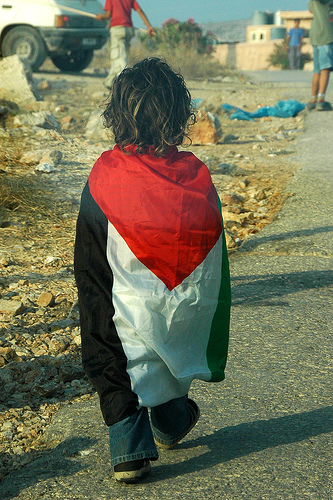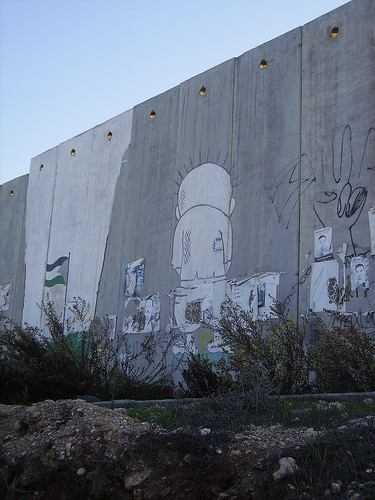
The great Palestinian political cartoonist Naji al-Ali was born in the village of al-Shajara, near Nazareth, in 1938. Like hundred of thousands of other Palestinians, he was made a refugee when Israel undertook to secure a Jewish majority in the Holy Land by forcing out the Arabs.
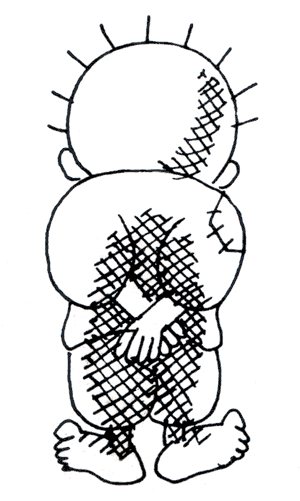
His family resettled in the Ain el-Hilweh refugee camp in south Lebanon. al-Ali eventually moved on his own to the Shatila refugee camp in Beirut(the site of a horrific massacre of Palestinians by Israeli-backed right-wing militias in 1982).
Throughout the 1960s and 1970s, al-Ali worked for many Arab publications in the region and Europe. But it was his work for the London-based, Kuwaiti daily al-Siyasa that he become iconic for. In 1969 Naji al-Ali created what may be most prominent image of the Palestinian resistance: Handala.
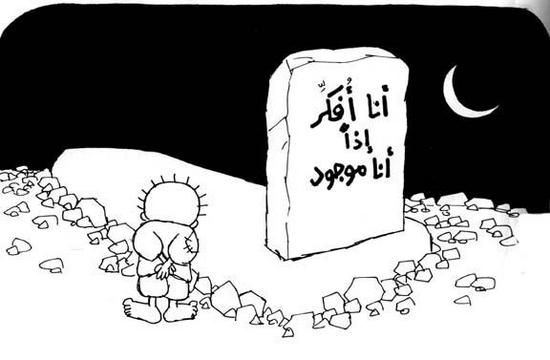
Handala is a Palestinian refugee immorality the age 10 because that has how old Naji al-Ali was when he become a refugee. Handala is has his back turned to symbolize how the world has turned its back on Palestine. Handala become a symbol of Palestinian resistance second only to the Kufiyyah. He is poor reflecting solidarity with the indigent. His clasped hand reflects Naji al-Ali’s opposition to “outside solutions” to the Palestinian problem. al-Ali believed that the Palestinians needed to be at the forefront of regaining their rights, and that the should never compromise over their right to their entire country. Handala, Naji al-Ali, explained would not grow up until he could return to his lost country.
“The child Handala is my signature, everyone asks me about him wherever I go. I gave birth to this child in the Gulf and I presented him to the people. His name is Handala and he has promised the people that he will remain true to himself. I drew him as a child who is not beautiful, his hair is like the hair of a hedgehog who uses his thorns as a weapon. Handala is not a fat, happy, relaxed, or pampered child, he is barefooted like the refugee camp children, and he is an ‘icon’ that protects me from making mistakes. Even though he is rough, he smells of Amber. His hands are clasped behind his back as a sign of rejection at a time when solutions are presented to us the American way. Handala was born ten years old, and he will always be ten years old. At that age I left my homeland, and when he returns, Handala will still be ten, and then he will start growing up. The laws of nature do not apply to him. He is unique. Things will become normal again when the homeland returns. I presented him to the poor and named him Handala as a symbol of bitterness. At first he was a Palestinian child, but his consciousness developed to have a national and then a global and human horizon. He is a simple yet tough child, and this is why people adopted him and felt that he represents their consciousness.” – Naji Al-Ali
Walk around the West Bank and you’ll find a thousand and one graffiti drawing of Handala.
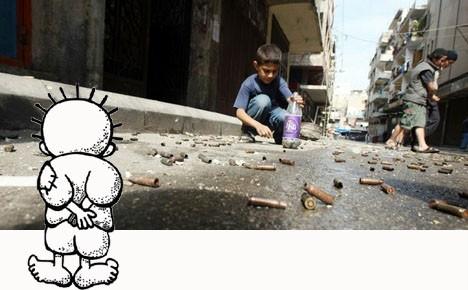
In July 1987, Naji al-Ali was killed. On authoritative record is available, but it is widely believed that Yasser Arafat had him killed. In the 1980s, Arafat, living in Tunisia, was having an affair behind his first wife’s back. Naji al-Ali eluded to it in one of his drawings, and it was most likely Arafat whom has him killed on the streets of London outside the office of al-Siyasa.
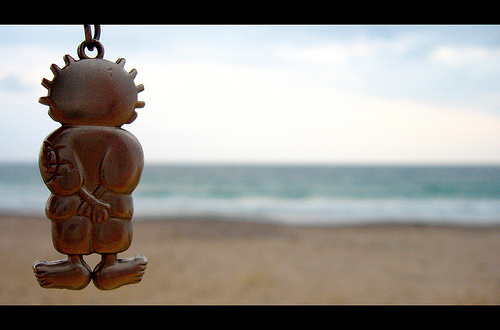
Naji al-Ali survived through Handala, however. As he once wrote about Handala, “this being that I have invented will certainly not cease to exist after me, and perhaps it is no exaggeration to say that I will live on with him after my death.”
